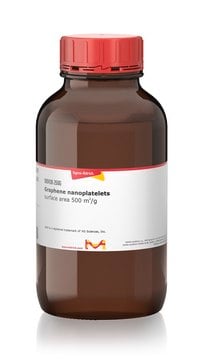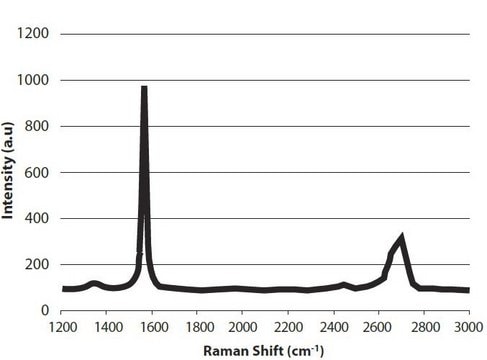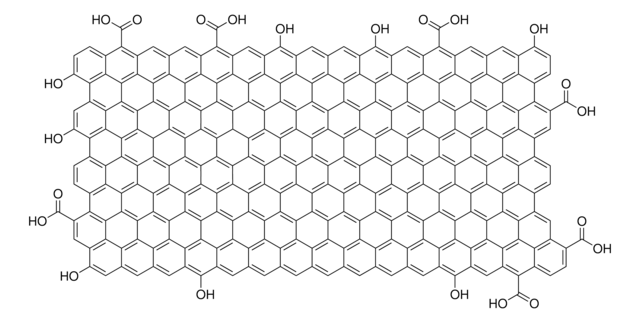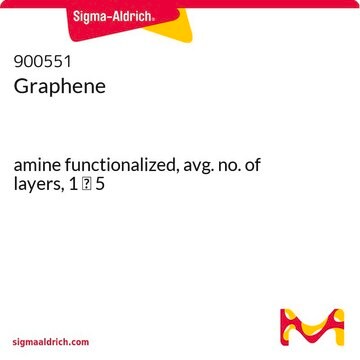806625
Graphene nanoplatelets
powder, polycarboxylate functionalized, hydrophilic
Synonyme(s) :
GNPs, graphenit-HYDRO
About This Item
Produits recommandés
Description
Dispersibility: water (high stability in aqueous medium)
Niveau de qualité
Forme
powder
Composition
Carbon, >70 wt. %
Oxygen, >10 wt. %
Vous recherchez des produits similaires ? Visite Guide de comparaison des produits
Catégories apparentées
Description générale
Application
- Graphene (nano)composite materials
- Conductive coatings
- Conductive Inks
- Energy Storage
- Electrode materials
Mention d'avertissement
Warning
Mentions de danger
Conseils de prudence
Classification des risques
Eye Irrit. 2 - STOT SE 3
Organes cibles
Respiratory system
Code de la classe de stockage
11 - Combustible Solids
Classe de danger pour l'eau (WGK)
WGK 3
Point d'éclair (°F)
Not applicable
Point d'éclair (°C)
Not applicable
Certificats d'analyse (COA)
Recherchez un Certificats d'analyse (COA) en saisissant le numéro de lot du produit. Les numéros de lot figurent sur l'étiquette du produit après les mots "Lot" ou "Batch".
Déjà en possession de ce produit ?
Retrouvez la documentation relative aux produits que vous avez récemment achetés dans la Bibliothèque de documents.
Articles
3D printing is a type of additive manufacturing that can be used to rapidly fabricate components with highly customizable geometries.
Since its discovery little more than a decade ago,1 the two-dimensional (2D) allotrope of carbon—graphene—has been the subject of intense multidisciplinary research efforts.
Notre équipe de scientifiques dispose d'une expérience dans tous les secteurs de la recherche, notamment en sciences de la vie, science des matériaux, synthèse chimique, chromatographie, analyse et dans de nombreux autres domaines..
Contacter notre Service technique








